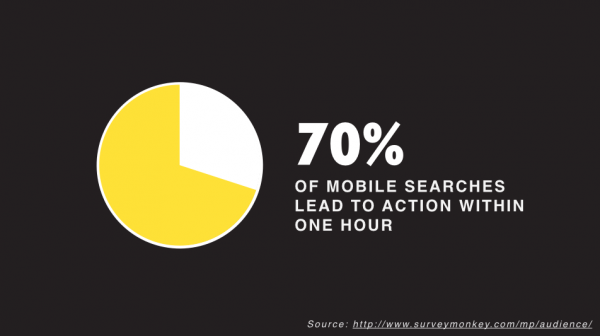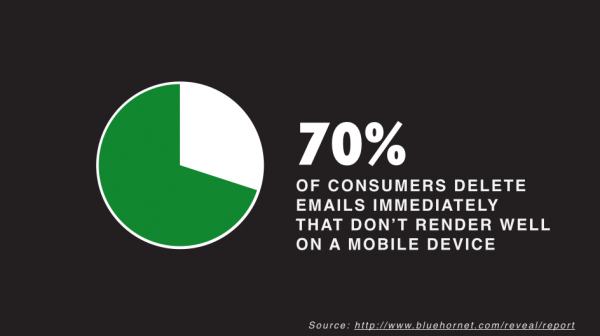
B2B Articles - February 20, 2016
Relevance is a key element of marketing success. Your website is no longer relevant today if it is not mobile-friendly. You need Responsive Web Design.
Responsive Web Design, or RWD for short, is one of the more effective ways to approach designing websites to be seen on mobile devices. A responsive website customizes content layout for optimum user experience across a variety of devices.
Because Ironpaper is responsive to your needs, we’ve collected these responsive web design statistics to further improve your relevancy.
Mobile Use on the Rise

There were more than 7 billion mobile subscriptions in 2015, with 3.2 billion people globally using the Internet. Also according to ITU, the UN’s telecommunication/ICT agency, Internet penetration also increased from 6.5 percent globally to 43% from 2000 to 2015.
eMarketer estimated that nearly 2.6 billion people — over 1/3 of consumers worldwide — will use Smartphones by 2018.
In the U.S., the Pew Research Center, in 2015, found 64% of adults owned a Smartphone. Smartphone ownership was especially high among younger Americans, as well as those with relatively high income and education levels.
KPCB’s Internet Trends similarly noted that 87% of American millennials said their phone never leaves their side.

Related reading: Statistics on digital marketing opportunities for 2016
Browsing Habits Have Changed
Each month there are more than 100 billion searches on Google. In fact, in April 2015, Google began rewarding more responsive sites with higher search engine rankings.
In encouraging users to win “the shift to mobile,” Google further noted that in 2015 mobile searches surpassed desktop searches.
Google also found 75% of users prefer mobile-friendly sites, and half reported frustration or annoyance when encountering sites that weren’t designed with mobile in mind.
Responsive design results in a 15% increase in unique clicks among mobile users, according to a MailChimp study.
RWD extends to your email, too. For instance, 55% of email opens are now happening on mobile devices.
RWD = Greater ROI
Mobile interactions have a growing impact on results, too. For instance, mobile users are twice as likely to share content than are desktop users.
According to Google, 74% of mobile users are more likely to revisit a site that works well on mobile. Additionally, 67% of mobile users were more likely to buy products or services from a mobile-friendly site.
Several online case studies available demonstrate other ROI considerations. For example, in a December 2015 Google case study, Isuzu UTE increased its mobile conversion rate 335% by redesigning its site and increasing its mobile ad investment. Mobile optimization also drove a 60% year-over-year lift in conversions.
Finally, an Aberdeen Group survey of retailers with mobile sites, found that the top 20% of their retail respondents retained 80% more of their clientele and attained a 97% greater year-over-year growth in annual company revenue compared to lower performing retailers.
It’s sort of like the Family Feud — “Survey Says” you should be pursuing RWD.
Related Reading: The Importance of a Mobile Responsive Website
Sources:
Tel 212-993-7809
Ironpaper ®
10 East 33rd Street
6th Floor
New York, NY 10016
Map
First-party data marketing
SEO for B2B
Customer journey strategy
ABM Agency
Marketing for IoT Companies
HubSpot Implementation
B2B Product Marketing
Measurable Marketing
IoT go-to-market strategy
IT Marketing
HubSpot for ABM
Go to market strategy
Technology Marketing
Marketing for IT Companies
ABM Campaigns
B2B lead generation
B2B Marketing and Growth Agency.
Grow your B2B business boldly. Ironpaper is a B2B marketing agency. We build growth engines for marketing and sales success. We power demand generation campaigns, ABM programs, create B2B content, strengthen sales enablement, generate qualified leads, and improve B2B marketing efforts.